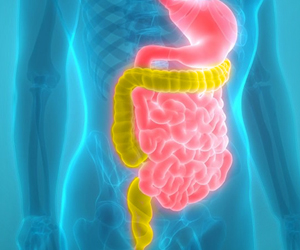All the hullabaloo about the goodness of Vitamin E is about to receive a jolt as there are contradictions about it now. Researchers at Ohio State University who studied how two forms of vitamin E act once they are inside animal cells have proposed the hypothesis.
In the past couple of decades, benefits of vitamin E and other antioxidants has been extensively studied. Most of it in the favour while some say that it may actually increase the potential for developing heart disease, cancer and other health problems.According to Jiyan Ma, an assistant professor of molecular and cellular biochemistry, and his colleague David Cornwell, an emeritus professor of molecular and cellular biochemistry, both at Ohio State propose that this study might find the reasons why this happens.
Comparison of the two most common forms of Vitamin E, corn and soybeans and olive oil, almonds, sunflower seeds and mustard greens were studied as to how they affect health. The main difference between the two forms is a slight variation in their chemical structures.
In laboratory experiments, the kind of vitamin E found in corn and soybean oil, gamma-tocopherol, ultimately destroyed animal cells. But the other form of vitamin E, alpha-tocopherol did not. (Tocopherol is the scientific name for vitamin E.)
“In the United States we tend to eat a diet rich in corn and soybean oil, so we consume much greater amounts of gamma-tocopherol than alpha-tocopherol. But most of the vitamin E coursing through out veins is alpha-tocopherol – the body selects for this version. We want to know why that is, and whether the selection of the alpha-tocopherol confers an evolutionary benefit in animal cells while the study doesn't get into the possible effects on health, the researchers raise the point that there is still a great deal that isn't known about how antioxidants act in the body.” said Cornwell.
The researchers conducted laboratory experiments on cells taken from the brains of mice. They treated some of the cells with metabolic end products, called quinones, of alpha- and gamma-tocopherol.
Advertisement
The study propels future researchers to delve deep in the sphere of antioxidants as there is much more to know.
Advertisement







